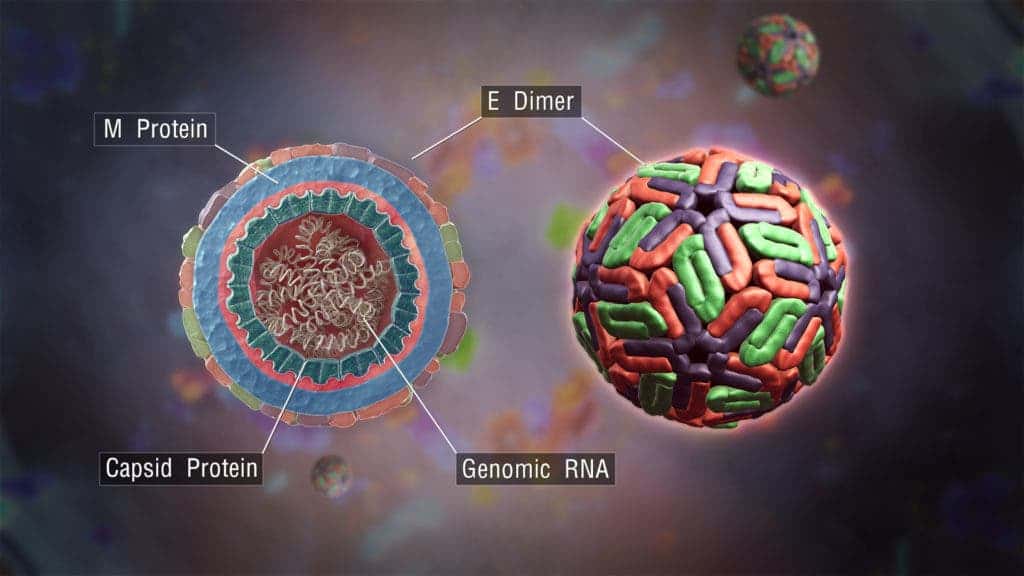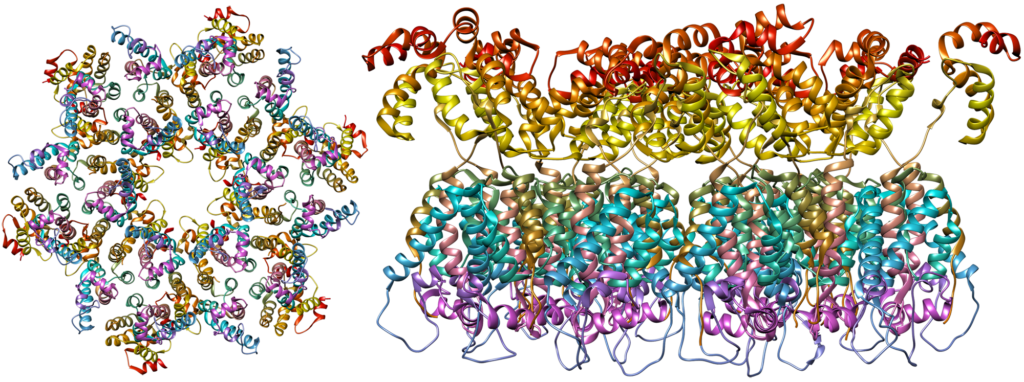Chances are that you have been infected by a virus, whether it be the common cold or chicken pox or one of the many others. Viruses are common, but there are more to them than they appear. They are more difficult to treat because antibiotics cannot be used against them. The reason for this is that they aren’t alive in the way we’re used to things being alive. In fact, it’s very difficult to classify them as “alive” or not.
Here’s why.
Not fitting the definition of life
Viruses are not even cells. They have genetic material, such as RNA or DNA, surrounded by a protein coat but that is about it. They don’t have any organelles or even a membrane.
Most of the time viruses are inactive. They do not use any energy and cannot replicate themselves on their own. The only time when viruses are “alive” is when they come into contact with a host cell. They bind to receptors on the cell, inject their genetic material in, and hijack the cell’s energy and replication tools to make copies of themselves.

Scientists have insisted for a long time that viruses aren’t living because they don’t fit into the box of what life is. They don’t metabolize, respond to changes in the environment, grow, and excrete. The only process that they do actually carry out is reproduction, but they can’t even do that on their own. As they are inactive most of the time and cannot be active without a host, some argue that they are not alive.
Shedding light on viruses
A few recent discoveries have provided some evidence that viruses are or were alive. In 1992, mimiviruses were discovered. They are huge viruses with genomic libraries that are larger than those of some bacteria. Some of them even have the genes for proteins that can translate DNA to create new viruses. Additionally, they have genes for DNA repair, metabolism, and protein folding. So they actually are able to replicate on their own, disproving that all viruses require a host.
In 2015, University of Illinois crop sciences and Carl R. Woese Institute for Genomic Biology professor Gustavo Caetano-Anolles and his graduate student Arshan Nasir traced the evolutionary history of viruses. There are too many random mutations in virus DNA for that to be informative so they examined protein folds. They are the shapes of proteins that are unique to viruses and cells and that are coded by genes but are more stable over time.
The researchers analysed the folds of 3,460 viruses and 1,620 cells from every branch of the tree of life. Some 442 protein folds were shared between cells and viruses while only 66 were unique to viruses. This finding suggests that the viruses and cells evolved together and then diverged and are actually more similar than we think. The viruses could have regressed and become simpler instead of more complex. Perhaps having less cell machinery was more beneficial to the viruses. I mean, look how successful they are.

So what are they?
Humans like to classify things in ways that are easy for us to understand. For example, we classify living things based on similar traits. We like to know, is something alive or isn’t it? However, nature doesn’t always work like that. We can base the definition of life on what we know, but then when something like a virus which doesn’t fit out definitions completely, it baffles us.
The way that nature functions is not so black and white. For example, there are parasites, such as bacteria and fungi, that cannot reproduce on their own and need a host to complete their life cycles and survive. They are still considered to be alive. Also, if you take a seed, would you say that it is alive? It doesn’t show any sign of life, but when it is planted and has the right conditions then it germinates and grows. In this respect, viruses are very similar. They are inactive until they reach a host and then they reproduce. I would also argue that only things that are alive would be under the pressure to evolve and to survive. Viruses make copies of themselves by exploiting the environment. They can evolve and are very diverse.
Viruses do show signs of life. They do not fit well with our definitions of life, and that is the main conflict in our confusion about how to classify viruses. Perhaps we need to rethink our definition of “life”.


